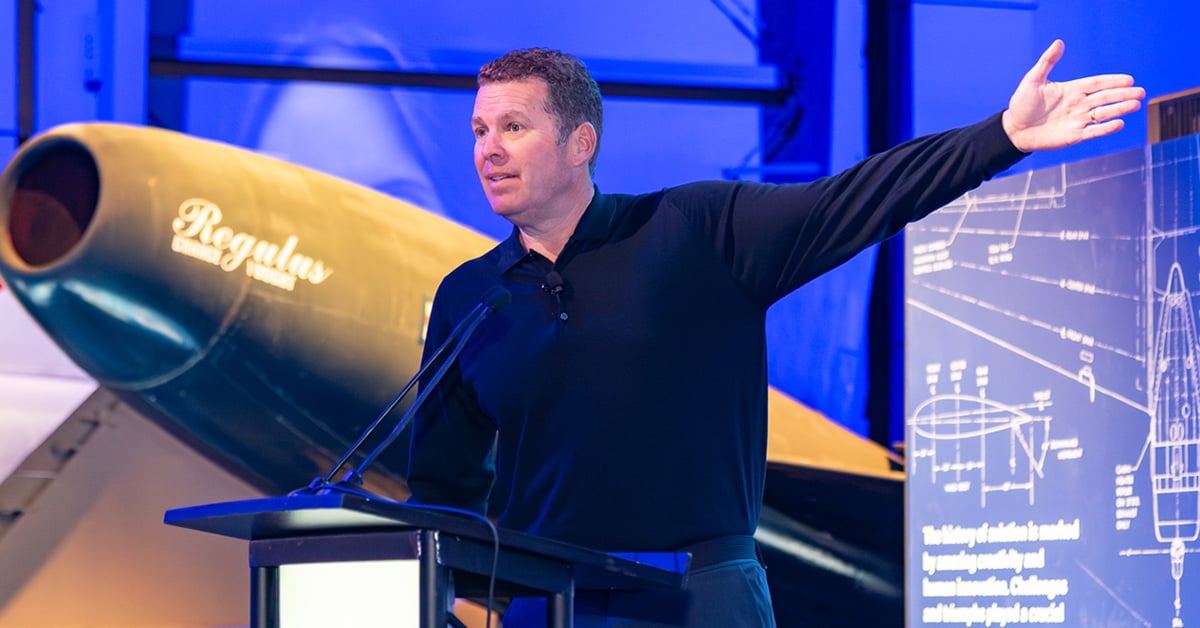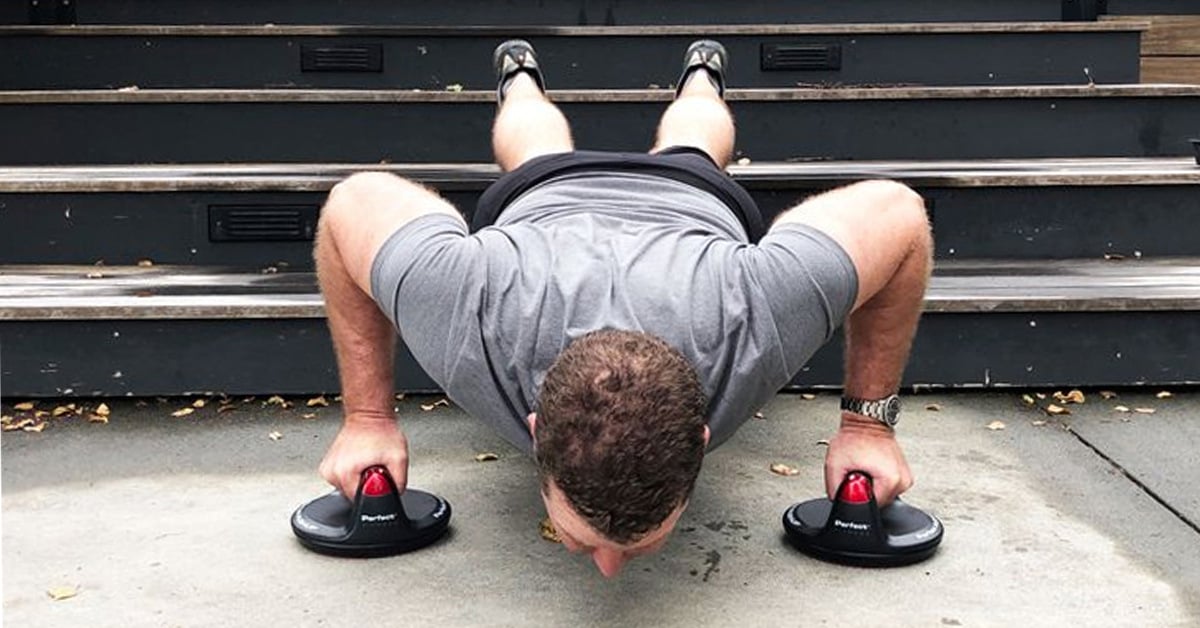When it comes to achieving success, practice makes permanent—practice does not make perfect. Vince Lombardi, arguably the most inspirational American football coach of all time said, “Practice does not make perfect. Only perfect practice makes perfect.” Practice makes permanent in habit formation—this is especially true when it comes to developing habits that will help you pursue your goals.
Unfortunately, many people repeat the same mistakes and fail to break bad habits without first building success habits. If you don’t pay close attention and give proper care to each practice opportunity, then you might very well find yourself going backward, because the habit you build is hurting your forward progress.
In SEAL Team, they much prefer candidates who never have shot a gun over those who have—in most cases (but not all), the candidates arrive with bad shooting habits. It’s much easier to start from scratch and build a new habit than it is to break an old one. In this article, we’ll discuss the “practice makes permanent” principle and how to build success habits effectively!
Success isn’t about perfection - it’s about consistency. Practice Makes Permanent. Discover how a Navy SEAL Mindset helps you build habits that drive long-term success. Train your mind, stay disciplined, and unlock your full potential with proven motivational secrets from elite warriors.
The “Practice Makes Permanent” Principle
 The practice makes permanent principle is the idea that you need to repeat an action many times for it to become a habit. This principle applies to both helpful and harmful habits. When it comes to habit formation techniques, repeating the desired behavior is essential. The more you do something, the more likely it is to become a habit. And once it becomes a habit, it will be much easier to maintain.
The practice makes permanent principle is the idea that you need to repeat an action many times for it to become a habit. This principle applies to both helpful and harmful habits. When it comes to habit formation techniques, repeating the desired behavior is essential. The more you do something, the more likely it is to become a habit. And once it becomes a habit, it will be much easier to maintain.
Many people find it difficult to break bad habits because they’ve been practicing them for a long time. The bad habit may have become entrenched and difficult to break. To break a bad habit, you need to practice a new, good habit until it becomes automatic. The “practice makes permanent” principle is essential for making this happen.
The “practice makes permanent” principle applies to your success habits. Do you start strong, but falter, only to flail and fail to achieve your goal? How many times have you set New Year’s Resolutions, only to find yourself forgetting about them by the end of January? We’ve all done this—you’re not alone, so don’t beat yourself up.
Instead, build yourself a new habit—the habit of practicing commitment. One of the key steps to develop positive daily routines is to reinforce consistency. We lose energy toward a goal only because we lose our focus—It’s like we don’t have any more energy. In reality, we have more energy than we even know is possible. Your brain will try to convince you that you’re tired—that you need to take it easy—but that’s a lie. You can always rally and muster more energy, even if it’s only for a minute.
How to Use the “Practice Makes Permanent” Principle to Achieve Success
 So how can you use the “practice makes permanent” principle to achieve success? First, identify the goals that you want to achieve. These could be things like working out, eating healthy, studying for exams, or networking. Once you’ve identified your desired goals, break them down into specific actions and start practicing them! Owning your attitude is a fundamental trait, and Focus on Your Goal when it comes to building lasting habits that lead to success.
So how can you use the “practice makes permanent” principle to achieve success? First, identify the goals that you want to achieve. These could be things like working out, eating healthy, studying for exams, or networking. Once you’ve identified your desired goals, break them down into specific actions and start practicing them! Owning your attitude is a fundamental trait, and Focus on Your Goal when it comes to building lasting habits that lead to success.
In order to achieve success, it is important to set smart goals. This means that your goals should be specific, measurable, achievable, relevant, and time-bound. Once you have set your goals, you need to create a plan of action to achieve them. This is where the principle of “practice makes permanent” comes in.
Make a plan to repeat the desired behavior many times per week until it becomes second nature. For example, if you want to start working out regularly, commit to going to the gym three times per week. Or if you want to eat healthily, make a meal plan and grocery list so that you’re prepared with healthy options. The key is to make it as easy as possible for yourself to succeed.
One Minute Each Day to Focus on Your Goal
 A minute is all I want you to take. One minute each day to focus on your goal—what it means to you and why it’s important. Ask yourself, “Why does this goal deserve my energy?” “What do I stand to gain from achieving goals through habits?” “How will I feel when I succeed?” And equally important, “How will my success impact those I care most about, such as family, teammates, or co-workers?” Habit formation techniques like this help reinforce motivation and long-term success. Practice your commitment before you pour your energy into taking action. Find something or create something that comes to represent the importance of this goal.
A minute is all I want you to take. One minute each day to focus on your goal—what it means to you and why it’s important. Ask yourself, “Why does this goal deserve my energy?” “What do I stand to gain from achieving goals through habits?” “How will I feel when I succeed?” And equally important, “How will my success impact those I care most about, such as family, teammates, or co-workers?” Habit formation techniques like this help reinforce motivation and long-term success. Practice your commitment before you pour your energy into taking action. Find something or create something that comes to represent the importance of this goal.
The Japanese use Daruma figures as constant reminders of their goal. It’s a wonderful symbol—a paper-mache red-and-white eyeless Buddha-like head of Bodhidharma, a sage from the 5th-6th century. You fill in one white eye socket with a black marker and the fat little head stares at you with one eye—and you fill in the other eye when you achieve your goal.
I write my goal (and date it) underneath and place the Daruma on my bedside table, where I’ll see it first thing in the morning and last thing at night. Sometimes, the Daruma comes with me and keeps me company at my desk while I battle with myself when writing a book. It represents my commitment and my “why”—it’s my reminder of why I’m taking action. I especially find it useful when I’ve taken several actions only to learn that those actions weren’t the ones that moved me as far forward as I had hoped. Transforming bad habits into good ones often requires visible, daily reminders of your progress.
Your focus shapes your actions, and your actions create your outcomes. Learn how to direct your focus toward success, build winning habits, and achieve your goals with purpose. Master the mindset that drives results and transforms your future.
Commit to Daily Goal-driven Actions
Whether you buy yourself a Daruma, make a note, create a code word, or knight a stuffed animal with your commitment, it doesn’t matter the object—what matters is your practice of committing yourself daily to going All-in and Moving forward. At BeUnstoppable, we use Daily Action Cards, which we designed to help you focus on accomplishing daily goal-driven actions that will help you turn your dreams into reality. You can use these heavy card-stock 3×5 cards on both the front and back for goal and task lists or double as note-taking while on the go. They fit inside the UNSTOPPABLE Journal inside the cover pocket or in their own specially-crafted wooden card box.
These tools support steps to develop positive daily routines and reinforce the importance of consistent practice in achieving goals.
Success isn’t a one-time achievement—it’s built through daily focus and disciplined habits. Discover the power of success habits to stay on track, maximize productivity, and reach your goals. Learn how small, consistent actions lead to lasting results and long-term success.
Conclusion
If you want to achieve success in any area of your life, then it’s important to start with the right mindset and develop success habits. The “practice makes permanent” principle is one of the most important things to remember when building these habits. It requires commitment, focus, repetition, breaking down goals into goal-driven actions, understanding your reasons why you’re taking action, and constant reminders to keep you going All-in and Moving forward. We hope this article has given you some ideas about how to apply this principle to your own life. Check out our Resources and Courses sections for more information on developing a successful mindset and taking action towards your goals.
Strong leadership is built on vision, determination, and the ability to inspire others. Focus on Your Goal to motivate your team, drive success, and create lasting impact. Learn essential leadership keynote speaker topics to develop the skills needed to lead with confidence and purpose.





